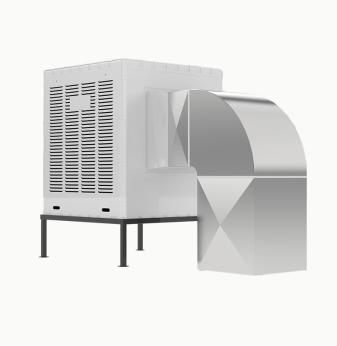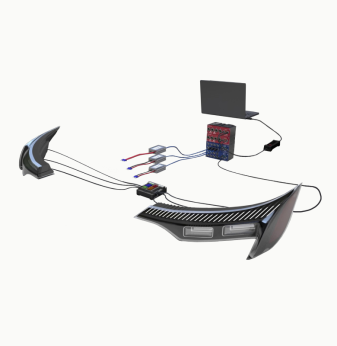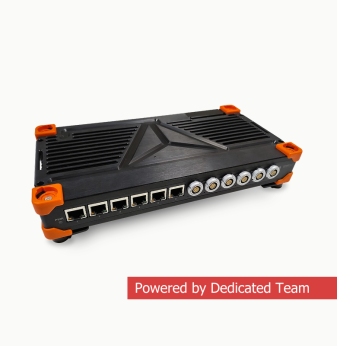Embedded ML: How to Run Machine Learning Models on Microcontrollers
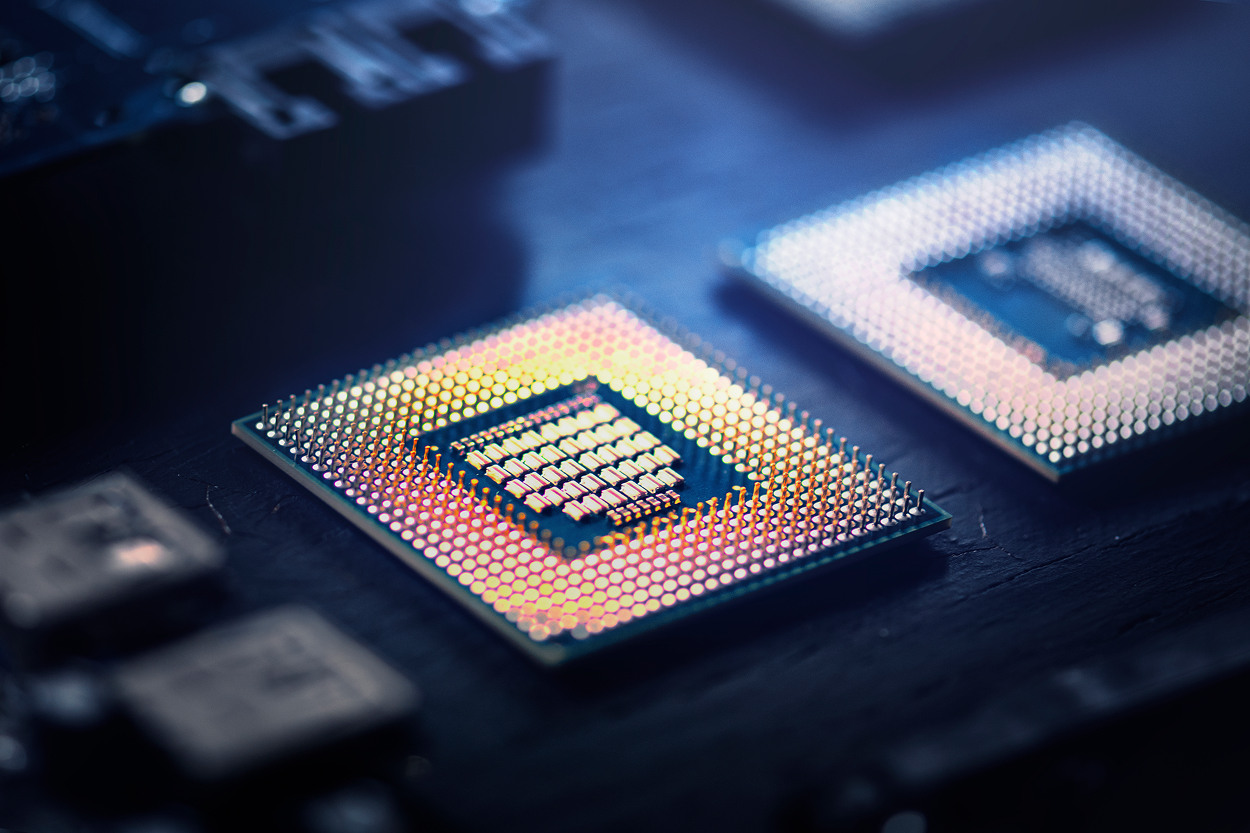
Getting Started: Why Embedded ML Is a Game Changer
Running machine learning (ML) models on microcontrollers—known as Embedded ML or TinyML—is transforming how we build smart, low-power devices. Instead of sending data to the cloud, embedded ML enables edge intelligence by processing data locally, in real time. This not only reduces latency and bandwidth usage but also improves data privacy and system responsiveness.
With support from major silicon vendors and the emergence of powerful toolchains, deploying ML on microcontrollers is more accessible than ever. This article breaks down how to implement Embedded ML, what frameworks to use, and how to pick the right hardware for your application.
Why Embedded ML Matters in 2025
- Real-time decisions without needing a cloud connection.
- Low latency responses for time-critical applications.
- Improved energy efficiency, ideal for battery-powered devices.
- Cost savings from reduced connectivity and data transmission.
- On-device privacy: data never leaves the microcontroller.
Core Criteria for Successful Embedded ML Deployment
When planning to run ML on a microcontroller, developers must evaluate:
- Model size and memory footprint
- Inference latency
- Supported ML operations (e.g., convolutions, activation functions)
- Power consumption limits
- Toolchain support and ease of deployment
Popular Frameworks for Embedded ML
| Framework | Key Features | Best For |
| TensorFlow Lite Micro | Optimized for microcontrollers with <256KB RAM | General-purpose ML at the edge |
| Edge Impulse | Cloud platform with automated model deployment | Beginners and rapid prototyping |
| CMSIS-NN | ARM’s low-level NN kernels for Cortex-M CPUs | High-performance ARM projects |
| microTVM | TVM-based compiler stack for MCU-level inference | Custom ML pipelines |
Choosing the Right Microcontroller
| Microcontroller | Flash / RAM | ML-Friendly Features | Best For |
| STM32H7 (STMicroelectronics) | 2MB / 1MB | DSP + FPU, CMSIS-NN support | Audio, motion classification |
| nRF52840 (Nordic) | 1MB / 256KB | Bluetooth LE, TensorFlow Lite support | Wearables, IoT sensing |
| Kendryte K210 | 8MB / 6MB (on-chip) | Hardware-accelerated CNN engine | Vision-based models |
| ESP32-S3 (Espressif) | 384KB / 512KB | Vector extension + AI accelerator (ESP-DSP) | IoT edge intelligence |
Real-World Use Cases
- Predictive Maintenance: Monitor industrial motors for anomaly detection using audio classification on STM32.
- Voice Commands: Always-on keyword spotting on nRF52840 or ESP32-S3 without draining the battery.
- Gesture Recognition: ML models on accelerometer data processed on Cortex-M4 for AR/VR input.
- Wildlife Monitoring: Sound-based species classification deployed with solar-powered MCUs.
Expert Insight
To better understand Embedded ML’s practical potential, we asked Dr. Rajeev Malhotra, an embedded AI researcher at NextEdge Labs:
"Running inference on a microcontroller was once unthinkable. But now, with quantized models, efficient kernels, and hardware acceleration, we’re pushing neural networks into $2 chips. Edge ML is unlocking use cases in agriculture, health, and wearables that previously needed the cloud."
He adds:
- Use transfer learning to adapt larger pre-trained models.
- Always profile memory and energy usage before deployment.
- Expect more silicon vendors to embed ML accelerators natively in 2025–2026.
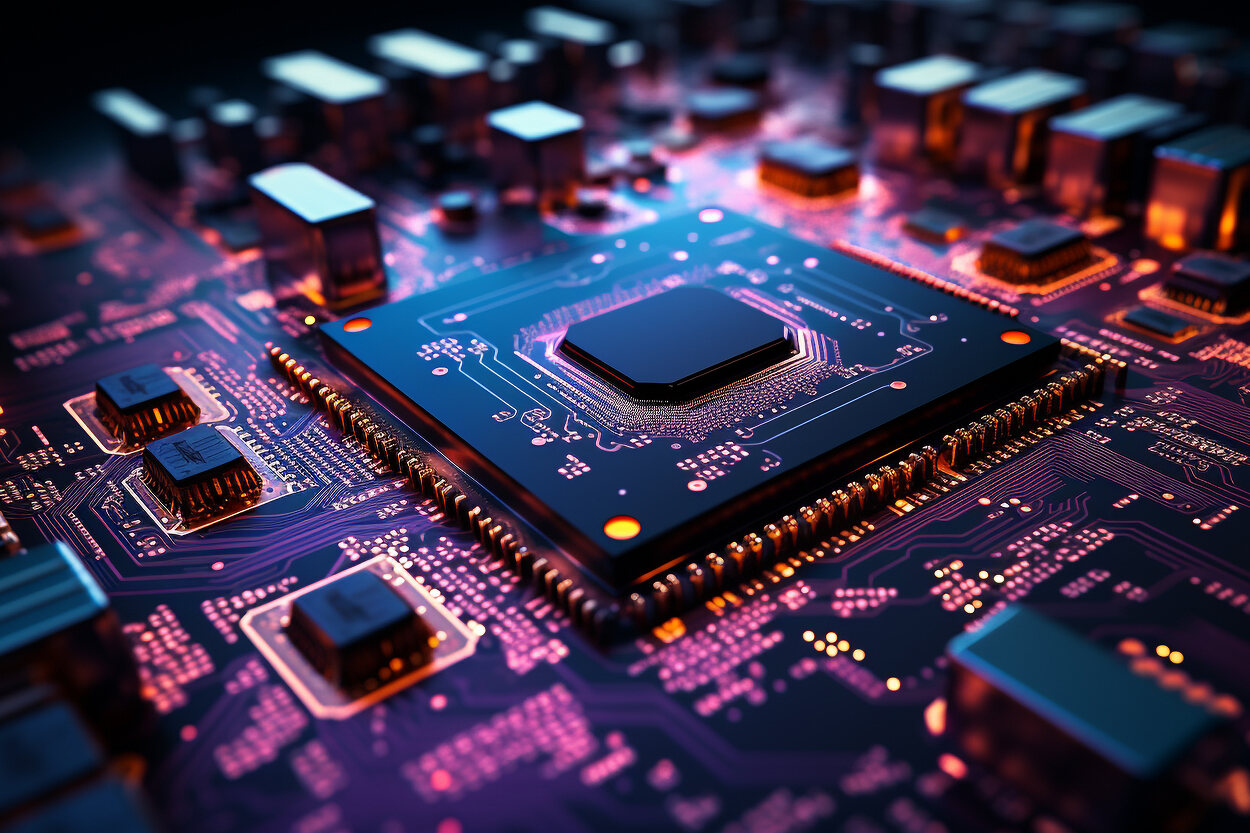
Upcoming Trends in Embedded ML
- On-chip learning: Models that update weights locally during operation.
- Neural Architecture Search (NAS) for microcontroller targets.
- Model compression: Tools like pruning, quantization-aware training (QAT).
- AutoML for Edge: Drag-and-drop model generation with deployment-ready code.
Final Thoughts: Bringing Intelligence to the Edge
Embedded ML is no longer experimental—it's practical and powerful. By combining lightweight models, optimized toolchains, and carefully selected hardware, developers can enable real-time intelligence even on tiny devices.
Whether you’re building an industrial sensor, a wearable health tracker, or a smart lock, Embedded ML provides a scalable path toward responsive and autonomous devices that think on the edge.
Our Case Studies

